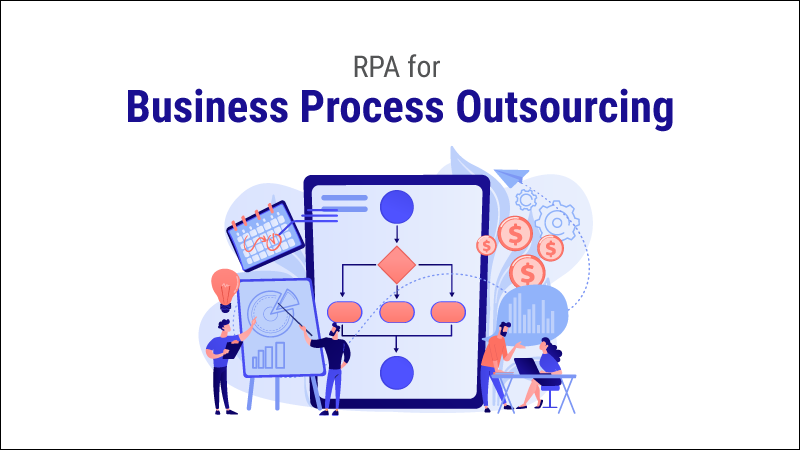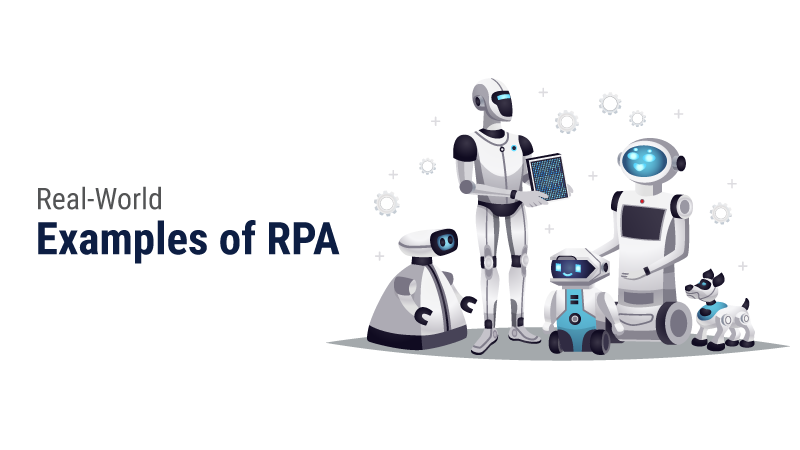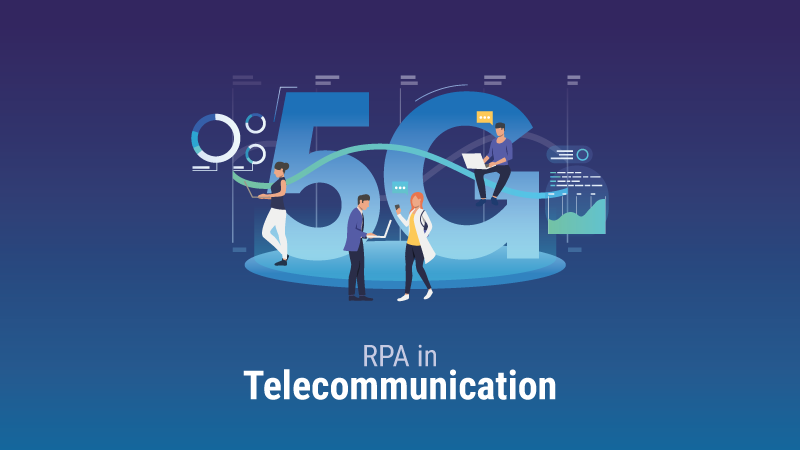The use of robotic process automation (RPA) allows businesses to reduce the risk of errors in human work, thereby providing top-notch, highly accurate work. It can record, analyze and optimize all the activities of a live robotic process, and allows you to carefully monitor business processes. Let us see what are the major security risks and ways to prevent them.
RPA Security Concerns
There are 4 major areas of potential security concern when implementing an RPA solution. They are mostly associated with cyber security risks. They are explained below;
Misuse of Privileged access
This term applies to the internal systems and databases of any organization and is mostly related to accounts that are privileged – like the accounts with greater access to an organization’s confidential data. This may include the accounts of IT team members or employees’ accounts working on sensitive data, like system administrators’ and financial managers’. Privileged access to RPA bots can be misused and involves the same risk associated with human-made access abuse. The best examples include:
- Attackers can use the special access to an RPA bot to infiltrate the system and sneak sensitive business data.
- The vulnerability of bots increases with privileged access and this vulnerability can be taken as an advantage by attackers to interfere with important business activities associated with clients, orders, or transactions.
System Vulnerabilities
Simply put, vulnerabilities refer to damage to an information system that gives cyber attackers unauthorized access to the system and to carry out malicious activities. Any unwise behavior of an employee, including visiting a restricted or malicious website is one way in which vulnerabilities can peak in. In such cases, the website is a source of threat that creates a risk. Weak passwords, uploading malicious files, SQL injection are examples of vulnerabilities. When it comes to vulnerabilities, there are two key risk factors:
- Damage to the backend of the RPA software may allow cyber attackers to infiltrate the corporate network.
- When transferring data, most modern RPA systems today use encryption, but there are minimal security-level RPA tools that can cause sensitive data leaks during the transfer of data that are not encrypted.
System outrage
System Outage (or idle time) refers to the time during which a system/network can no longer carry out its primary function. There are many reasons behind a system outage. Some of them include errors from the side of human workers, obsolete hardware, minor or major bugs in server OS, integration problems. The risk scenarios include;
- The functioning of the RPA bot can be disrupted by unforeseen network failures, which leads to less productivity.
- Fast sequencing of bot operations can result in system failure or interruption.
Disclosure of confidential information
Every organization has its own confidential data which has a commercial value and is not to be seen or known by the public. The financial statements, marketing strategies, future projects, etc., are part of confidential data and any unauthorized disclosure of such data can invite drastic consequences in the company. Sometimes sending a normal email to a friend from the corporate mail address can also be taken as disclosure of company data.
- In Robotic Process Automation, the risk scenario arises when there occurs an accident involving the disclosure of confidential information such as payment or credit card leaks into the web as a result of intentional or inappropriate training of RPA bots.
How to prevent security risks in RPA?
So far, we have discussed security issues that may arise while implementing Robotic Process Automation. Now it is time to discuss the various steps to prevent RPA security risks.
Conduct regular audits and periodic risk assessments
Enforce proper regulations to monitor the performance of RPA bots and ensure that all bots function in accordance with the set rules. Periodic risk assessment is necessary to track the possibilities of new risks, mitigate, and review security risks in the RPA, to check if any restrictions have been lifted, and to determine if any RPA bot needs to be avoided.
Control access to the RPA environment
Companies need to pay attention to how they allow access to analysts operating in RPA environments. For example, avoid using personal IDs and it is better to use generic IDs instead. You may be the authorized official but that doesn’t guarantee safety to your personal data neither in the RPA environment nor in any other technology.
Follow strict governance
It is very important to define rules and regulations in order to maintain security in RPA solutions. Without proper governance, RPA cannot ensure the security it is supposed to offer. Detailed criteria, development criteria, and business justification are some features that fall under an excellent governance framework.
Ensure continuity of the process
Create a transparent business continuity plan that specifies the backup procedures and data sources required to carry out every task. It is the responsibility of an internal audit team to check and review the documents in the business continuity plan to see if there is any information, like how to restart each process/activity even after failure.
Use a password vault
RPA teams can save passwords in single password storage or vault without creating any security leaks.
Encryption
While internal security risks can be minimized by role-based encryption, external threats or attacks to the company can be protected using encryption. High-level encryption protocols have been used to defend the management details stored in the credential archive.
Wrap Up
With automation comes various types of risk, especially while trying to access cloud-based data. The greater risk lies in handing over the access to an unattended bot than allowing humans access because the security risk will be proportionately higher in a bot chat functions full time. When it comes to challenging such security risks, RPA’s zero-touch environment allows eliminating other risks or errors caused by human workers in business operations. RPA environment is free from prejudices or deviation, all of which replaces the human activity that is error-prone. For this reason, RPA ensures stable work with low risk.
Get Started with our RPA ServicesRead more about RPA








